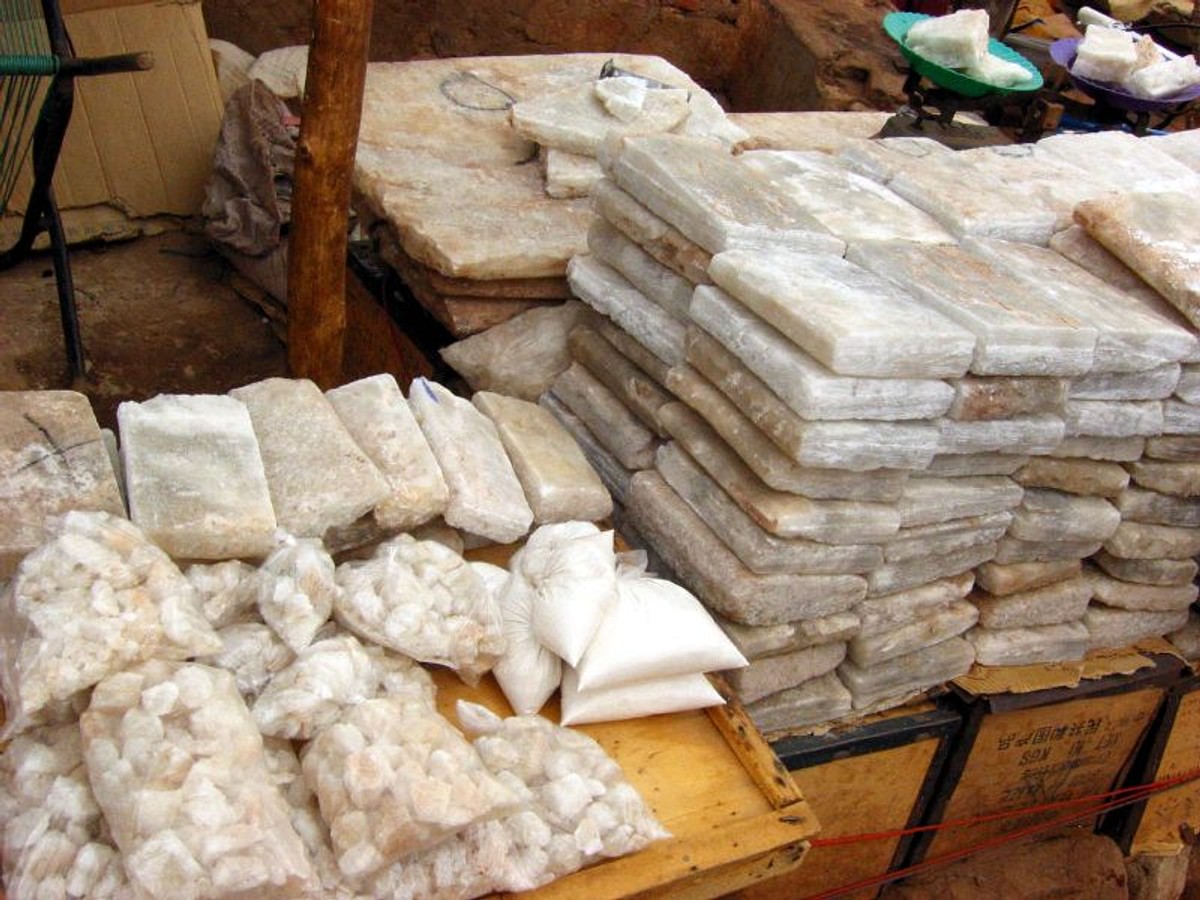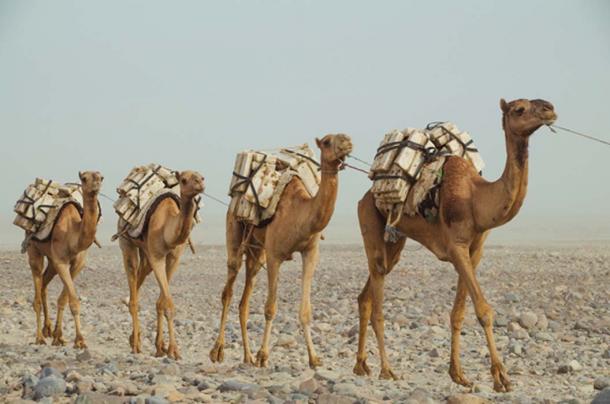“White Gold of the Sahara: The Salt Trade of Ancient West Africa”

In the golden sands of the Sahara and across the sunbaked plains of ancient West Africa, salt was once worth its weight in gold—literally. This humble mineral, now commonplace, was one of the most valuable commodities in early African economies. The salt trade of ancient West Africa not only fueled the growth of powerful empires such as Ghana, Mali, and Songhai, but also fostered expansive trade networks, cultural exchange, and urban development throughout the region.
Why Salt Mattered
In modern times, salt is taken for granted, but in ancient societies, it was vital for survival:
- Preservation of food in hot climates where refrigeration did not exist
- Essential dietary mineral, especially for people living in humid regions who lost salt through sweating
- Used in religious rituals, currency, and medicine
In West Africa, where salt deposits were rare, its value skyrocketed. Meanwhile, the Sahara Desert held rich salt mines, such as those in Taghaza and Taoudenni (in present-day Mali), which became key to the trade.
Origins of the Trade
Salt trading routes in West Africa began to flourish by the 6th century CE, though earlier exchanges likely took place. These routes connected North African Berber and Arab traders, who had access to salt and goods like textiles and horses, with West African merchants, who had gold, ivory, kola nuts, and enslaved people.
The trade was made possible by:
- The camel, introduced around the 3rd century CE, which revolutionized desert travel and enabled trans-Saharan caravans
- The establishment of safe trade routes under powerful empires
- Urban trading centers, like Gao, Timbuktu, and Walata
How the Trade Worked
Caravans would travel for weeks, sometimes months, across the Sahara. A typical salt caravan could include hundreds of camels, each carrying heavy slabs of salt. The trade was often silent—especially in the early days—where traders would leave goods in agreed locations and return later to find what was offered in exchange.
Key steps in the trade:
- Salt was extracted from desert mines in huge slabs.
- Camel caravans transported it south across the Sahara.
- In exchange, gold, slaves, grain, and other goods were brought north.
- Empires taxed the trade, profiting from every transaction.
The city of Timbuktu thrived as a key salt-trading hub, often described as “where the camel met the canoe,” due to its position at the crossroads of desert and river routes.

Salt as Currency
In some regions of West Africa, salt was used like money. It could be traded for goods, livestock, or labor. The value of salt often equaled or exceeded that of gold, especially in places where it was scarce. This elevated its importance in both local and international markets.
The Role of West African Empires
Empires such as:
- The Ghana Empire (c. 300–1200 CE)
Controlled trade routes between the salt mines of the Sahara and the gold fields of Bambuk and Bure. - The Mali Empire (c. 1235–1600 CE)
Under Mansa Musa, Mali became an epicenter of wealth due to its dominance over salt and gold trade. Timbuktu and Gao became world-renowned trading and intellectual cities. - The Songhai Empire (c. 1430–1591 CE)
Took over where Mali left off and further controlled and taxed the trans-Saharan trade routes.
These empires grew rich by levying taxes on both imports and exports of salt, ensuring stable governments and the construction of infrastructure, schools, mosques, and trade networks.
Cultural and Economic Impact
The salt trade not only brought material wealth but also:
- Facilitated Islamic spread and education through contact with North African Muslim traders
- Encouraged urbanization, leading to the rise of cities like Timbuktu, Gao, and Djenné
- Promoted cultural exchange, including architecture, languages, customs, and religious practices
- Supported the development of long-distance trade systems that connected Africa to the Mediterranean world, the Middle East, and beyond
Decline of the Salt Trade
By the 17th century, the salt-gold trade started to wane due to:
- The decline of the West African empires
- Shifts in trade routes due to European coastal trade
- The rise of Atlantic slave trade, which redirected commerce and focus
- Increased availability of salt through new mining techniques and global distribution
Conclusion
The salt trade of ancient West Africa was a cornerstone of regional prosperity and development. Far more than a mineral exchange, it connected civilizations, empowered empires, and shaped the political, economic, and cultural identity of a continent. It is a powerful reminder that history’s greatest treasures are sometimes hidden in the simplest of things—even a grain of salt.




